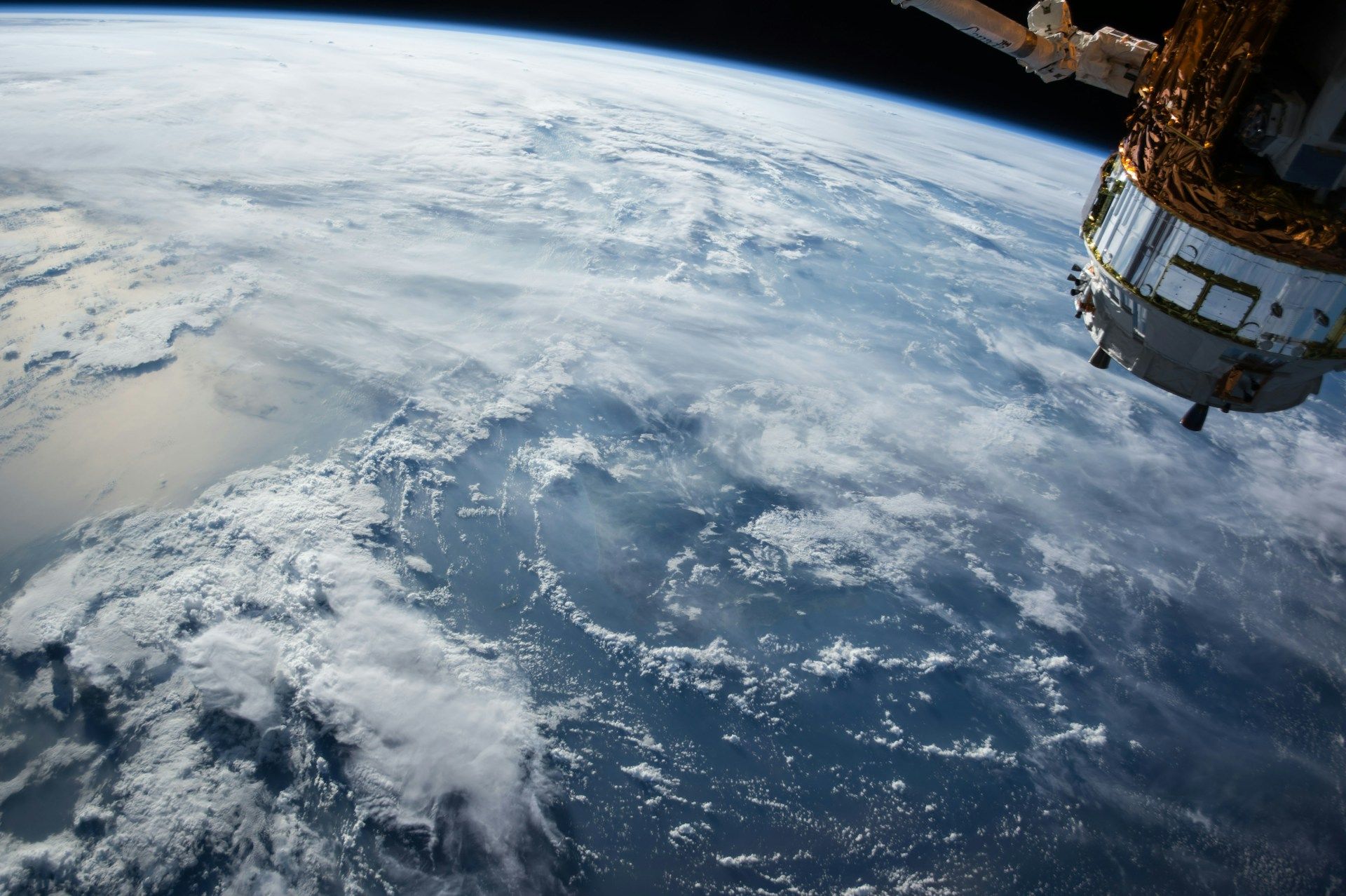The world is filled with incredible phenomena that constantly puzzle scientists, from the largest single organism to the longest mountain range. If you enjoy learning about the Earth and its many intricacies, keep reading for nine weird facts about Earth you may not know.
9. The driest place on Earth gets less than 1mm of rain annually
Our ninth selection for weird facts about Earth takes a trip to the driest place on Earth. The Atacama Desert is located on the Pacific coast in the northern part of Chile, stretching over a 1,000-mile strip of land. The Atacama is the driest nonpolar desert in the world and has been used as an experimentation site for Mars expedition simulations due to its similarities.
The rainfall is so low due to a constant temperature inversion caused by cool north-flowing Humboldt ocean currents and the strong Pacific anticyclone. The desert is so dry that in the center, there are places where rain has never been recorded.
8. Australia moved five feet in 22 years
Our eighth choice for weird facts about Earth concerns Australia. While most people know that the Earth has tectonic plates that shift, it is less well-known how quickly some are moving. Australia’s plate, in particular, moves so quickly that it requires updates to maps and GPS systems regularly, moving almost five feet between 1994 and 2016, according to National Geographic. Researchers estimate that in about 50 million years, Australia will collide with southeast Asia.
7. The ocean influences Earth’s climate
Coming in seventh for our weird facts about Earth list is the relationship between the Earth’s oceans and its climate. The ocean currents influence and regulate Earth’s climate, acting like the planet’s heart. The currents are able to circulate vital heat and moisture around the world, such as the El Niño-Southern Oscillation in the Pacific and the Gulf Stream current in the Atlantic. Researchers constantly study these currents to better understand how they influence our climate and predict how the ocean-climate system is shifting over time.
CHECK OUT: 6 Weird Facts About the Human Body
6. The largest single organism on Earth is a fungus
You may be surprised at our sixth selection for weird facts about Earth, but fungi are an incredibly interesting species. The Armillaria fungus was found by a scientist in Michigan in the early 1990s, turning out to weigh around 22,000 pounds and extending over 37 acres. Scientists started hunting competitively for more of the giant fungus, with an Oregon sample found that covered more than 2,400 acres and is estimated to be 8,650 years old. This fungus grows so large due to root-like structures underground that extend for miles.
ALSO READ: 6 Weird Facts About Black Holes
5. The largest mountain range on Earth is in the ocean
While the highest mountain in the world is above the surface, the longest mountain range in the world is actually underwater, coming in fifth for our weird facts about Earth list. Named the Mid-Ocean Ridge, it runs for more than 40,000 miles down the middle of the Atlantic, east through the Indian Ocean, and back up through the Pacific. The longest continental mountain range, in comparison, is only 4,350 miles long. The Mid-Ocean Ridge is a string of underwater volcanoes sitting on the meeting points of Earth’s tectonic plates.
4. Antarctica is considered a desert
Our fourth selection for weird facts about Earth may make no sense, but Antarctica is a desert by definition. Antarctica may be intensely cold, but it is a desert because it receives very little rain or snowfall, with inner regions of the continent only getting 2 inches of precipitation a year, usually as snow. The snow builds up over hundreds and thousands of years to form large ice sheets. On average, Antarctica’s precipitation is around six inches annually.
CHECK OUT: 15 Funny Historical Facts You May Not Know
3. Earth used to be purple
While our third choice for weird facts about Earth may seem completely unreal, there is scientific merit behind the Earth having a purple past. Microbial geneticists believe that ancient microbes may have used a molecule other than chlorophyll to harness the sun’s rays, one that might have given off a violet hue. Before chlorophyll appeared, there was another light-sensitive molecule called retinal, which is a plum-colored membrane that absorbs green light and reflects red and violet. Scientists were able to help prove this hypothesis by finding archaeal membrane components in ancient sediments.
READ MORE: 8 Creepy Historical Facts That Will Keep You Up at Night
2. There is a boiling river in the Peruvian Amazon
While boiling water is great for tea, it’s way more dangerous when found in the wild. For our second selection of weird facts about Earth, we travel to the Peruvian Amazon, where water temperatures can cook unlucky animals that fall into the steaming river. Geophysicist Andrés Ruzo learned about the river from his grandfather, but many others believed it to be a myth. Ruzo traveled into the jungle and found the river, which is caused by a non-volcanic geothermal feature that brings very hot water to the surface without cooling.
1. Rogue waves over 100 ft. tall are more common than you think
The final selection for weird facts about Earth may remind you of the film Interstellar on Miller’s Planet. While stories about giant waves have been in sailor folklore for centuries, most people thought they were as common as mermaids. But in 1995, an oil platform in the North Sea was hit by a huge storm, with a wave measuring 84 feet tall. A few years later, a 95-foot wave was measured west of Scotland. Researchers found out that not only are massive waves real, but they are quite common, though they only happen in open seas.
READ NEXT: 6 Interesting Facts About Roman History
